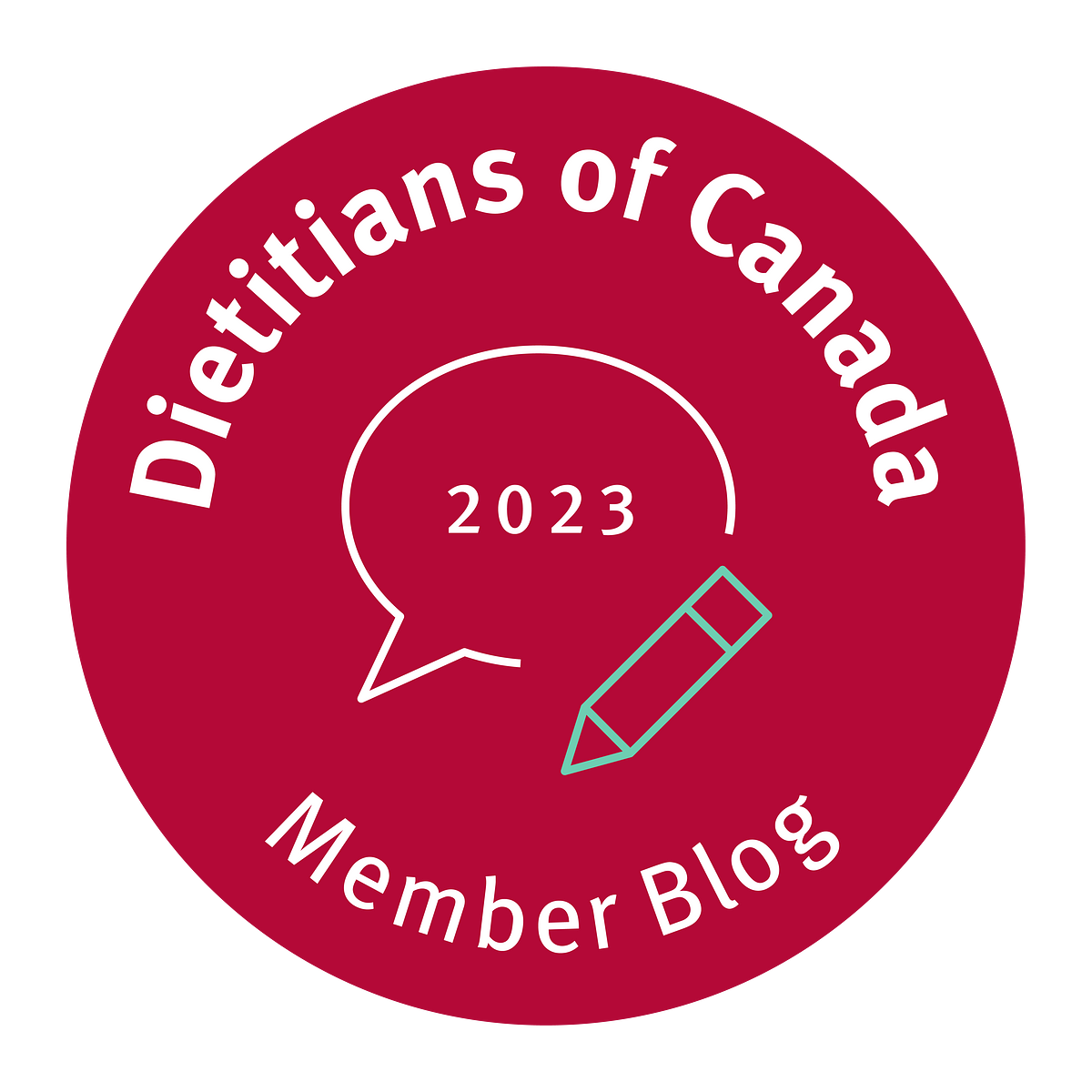
One of the greatest public health concerns today is undeniably childhood obesity. In 1978, only 15% of children were overweight or obese. Almost 30 years later, in 2007, 29% of adolescents were at unhealthy weights. If current trends continue, by 2040, up to 70% of adults aged 40 and over will be either overweight or obese.
Last January, the Ontario government set an aspirational target to reduce childhood obesity by 20% in five years. Charged with this mandate, the Ontario Healthy Kids Panel outlined a three-part strategy in their recent report No Time to Wait: The Healthy Kids Strategy:
1. Start all kids on the path to health. A woman’s health and weight before she becomes pregnant and during pregnancy have a direct influence on her child’s health and weight. The Report recommends pre-natal and educational programs for all young women about the importance of healthy eating, active living, smoking prevention/cessation, and healthy weights. Support is also recommended to encourage women to breastfeed for at least the first six months.
2. Change the food environment. The healthy choices should be the easiest choice where kids live, learn and play. Some of the many recommendations for this strategy include:
• A ban on the marketing of high calorie, low nutrient foods/beverages/snacks to kids under the age of 12;
• A ban on point-of-sale promotions and displays of high-calorie, low-nutrient foods and beverages in retail settings, beginning with sugar-sweetened beverages;
• Mandatory calorie listing on menus at restaurants, fast food outlets and retail grocery stores;
• Nutrition rating systems for products in-store;
• Incentives for Ontario food growers and producers to support community-based food distribution programs;
• Access to safe, affordable, nutritious and culturally appropriate foods, especially in areas of low income and “food deserts”; and
• A universal school nutrition program for all Ontario publicly funded elementary and secondary schools.
3. Create healthy communities. A comprehensive healthy kids social marketing program is needed to focus on healthy eating, active living and active transportation, mental health and adequate sleep. The Report recommends implementing community based programs based on EPOCE (Ensemble Prévenons l’Obesité des Enfants – Together Let’s Prevent Childhood Obesity) which is used in 15 countries worldwide. The EPODE philosophy involves mobilizing all local stakeholders in an integrated, long-term obesity prevention program. The aim is to change the environment and facilitate the adoption of healthier behaviours and lifestyles into everyday life.
My take on the Report: Having just finished writing a series of key messages on healthy weights for children and teens, I was thrilled to see the Healthy Kids Panel Report acknowledge the key determinants impacting a child’s weight – healthy eating, food and nutrition skills, active living, adequate sleep, mental health, resilience and the influential role of parents, teachers and caregivers.
Given the recent controversy over NYC’s soda ban though, I wonder how a junk food ban would be received. Neither a junk food ban nor an advertising ban helps kids with media literacy or how to discern between truth and advertising. We don’t even have an official definition of “healthy food” in Canada, so where would we start in defining “unhealthy”?
I’d also love to see more dialogue on how to eat, not just what or what not to eat. Research tells us that mindless eating is an unhealthy habit which can have negative consequences on our satiety cues and overall intake.
Finally, let’s be careful not to point blame at anyone or anything. The Report acknowledges that some children are genetically predisposed to be heavier. There are over 50 different genes that contribute to obesity. All efforts in reducing overweight and obesity must be free of any weight stigmatization or bias, and involve all players – individuals, communities, politicians and food industry.
The Healthy Kids Panel has mapped out an incredibly ambitious goal – to reduce childhood obesity by 20% in five years. I’ll be watching, listening, helping and hoping that we’ll get there.
To read the full report, go to http://www.health.gov.on.ca/en/common/ministry/publications/reports/healthy_kids/healthy_kids.pdf





 [Thrilled to meet Chef Michael Smith!]
[Thrilled to meet Chef Michael Smith!]





 It’s not always easy to find a nutrition book that’s easy to read and backed by credible research. But Sygo does just that. In Unmasking Superfoods, Sygo separates the truth from the hype behind some of today’s superfoods such as acai, noni, quinoa and the increasingly popular coconut oil. She also gives a shout out to kiwi, pistachios and mussels, calling them underappreciated superfoods. In another chapter of the book, Sygo offers a sound perspective on beef, eggs, potatoes and other foods which she feels have been given a bad rap.
It’s not always easy to find a nutrition book that’s easy to read and backed by credible research. But Sygo does just that. In Unmasking Superfoods, Sygo separates the truth from the hype behind some of today’s superfoods such as acai, noni, quinoa and the increasingly popular coconut oil. She also gives a shout out to kiwi, pistachios and mussels, calling them underappreciated superfoods. In another chapter of the book, Sygo offers a sound perspective on beef, eggs, potatoes and other foods which she feels have been given a bad rap. 
